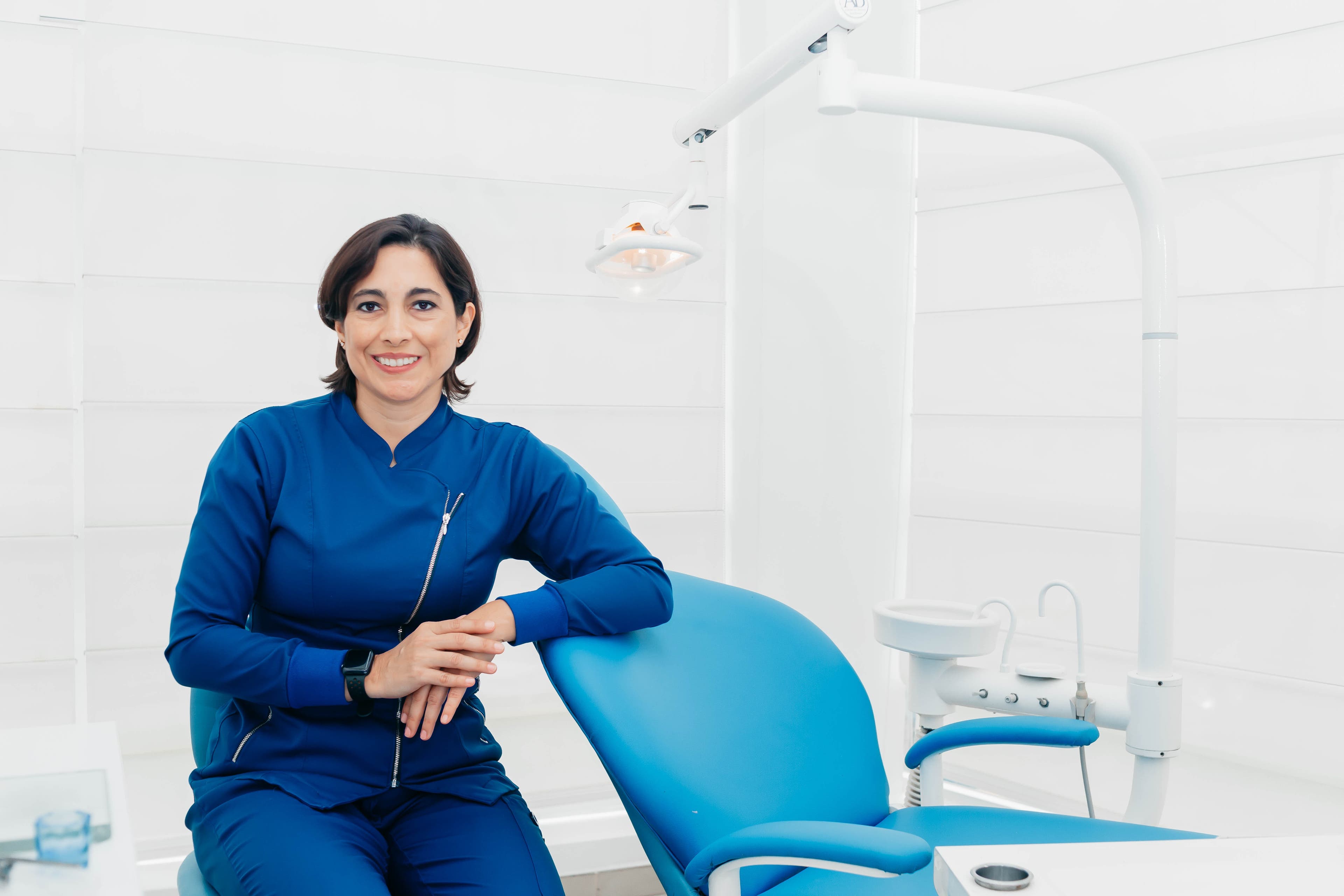
Augmented Reality in Neurosurgery - Navigating the Challenges and Embracing the Potential
In recent years, augmented reality (AR) technology has shown great promise in enhancing surgical procedures. This case study delves into the use of augmented reality in neurosurgery, highlighting the advantages it offers and the limitations that need to be addressed for successful implementation.

Dr. Smith, a renowned neurosurgeon, encountered a challenging case involving a complex brain tumor resection. To improve surgical accuracy and patient outcomes, Dr. Smith decided to incorporate augmented reality into the procedure. The aim was to leverage AR's advantages to enhance visualization, surgical planning, and intraoperative guidance.
Advantages of Augmented Reality in Neurosurgery:
- Enhanced Visualization: By overlaying patient-specific imaging data onto the surgeon's field of view, AR provided Dr. Smith with real-time, three-dimensional visualizations. This allowed for precise localization of the tumor and nearby critical structures, improving surgical accuracy and reducing the risk of damage to healthy brain tissue.
- Surgical Planning and Simulation: Prior to the surgery, Dr. Smith used AR technology to plan and simulate the procedure. By virtually exploring the patient's brain anatomy and simulating different approaches, Dr. Smith gained insights that helped optimize the surgical plan, ensuring minimal invasiveness and reducing potential complications.
- Intraoperative Navigation and Guidance: During the surgery, AR served as a navigation system, providing dynamic guidance to Dr. Smith. By projecting key information, such as tumor boundaries and surgical pathways, onto his visual field, AR enabled precise instrument guidance and improved surgical accuracy. This real-time feedback was particularly valuable in complex cases where anatomical structures were not easily discernible.
Limitations and Challenges:
- Technical Complexity: The successful implementation of AR in neurosurgery required a robust infrastructure, including specialized hardware, tracking systems, and software integration. Setting up the AR system and ensuring its seamless integration into the surgical workflow posed initial challenges, requiring additional resources and dedicated technical support.
- Surgical Accuracy and Reliability: Although AR offered enhanced visualization, ensuring the accuracy and reliability of the augmented information was crucial. Calibration errors and misregistration between the virtual and real-world surgical site posed potential risks. Regular calibration checks and fine-tuning of the AR system were necessary to maintain accuracy and reliability throughout the procedure.
- Surgeon Training and Adoption: Integrating AR into neurosurgical practice necessitated comprehensive training for surgeons. Dr. Smith and his team underwent specialized training programs to become proficient in using the AR system. Ensuring widespread adoption of AR technology among surgeons requires tailored training initiatives to overcome the learning curve and build confidence in its use.
Dr. Smith's case demonstrated the potential benefits of incorporating augmented reality in neurosurgery. By leveraging AR's advantages, including enhanced visualization, surgical planning, and intraoperative guidance, he was able to improve surgical accuracy and optimize patient outcomes. However, challenges such as technical complexity, ensuring surgical accuracy, and promoting widespread adoption remain areas that need attention. Continued research, technological advancements, and training programs can help address these limitations and pave the way for successful integration of augmented reality into surgical practice, ultimately improving patient care and surgical outcomes.